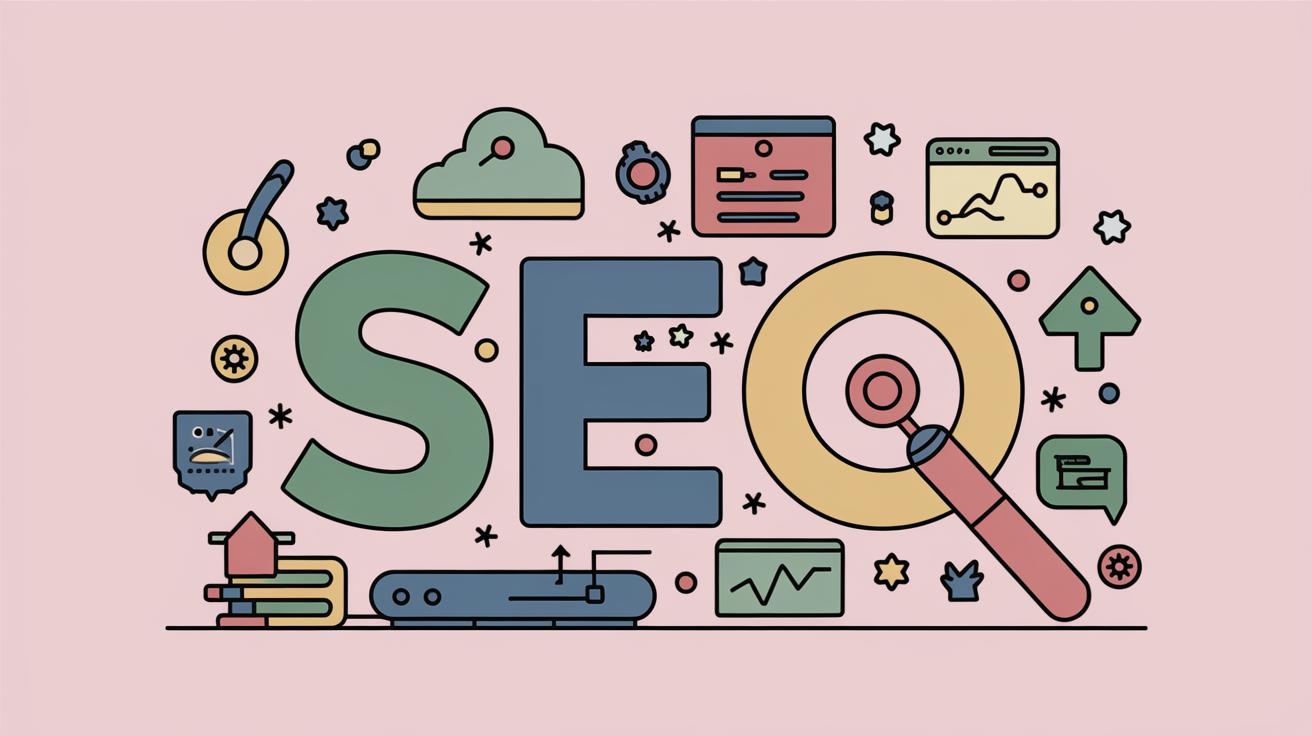The Power of User-Generated Content on Social Media
In today’s digital landscape, user-generated content (UGC) has emerged as a powerful tool for brands and individuals alike. This blog post explores the concept of UGC, its various forms, and the compelling reasons for its importance in modern marketing strategies. We will delve into the authenticity and brand loyalty that UGC fosters, alongside its role as social proof and a cost-effective method for content curation. By examining five exemplary cases of successful UGC campaigns by brands like GoPro and lululemon, you will gain insights into how to harness this valuable resource. Finally, we offer best practices for encouraging and utilizing user-generated content effectively on social media platforms, ensuring that you engage your audience while respecting and crediting their contributions. Join us on this journey to unlock the potential of UGC in enhancing your brand’s presence and influence.
Table of Contents
-
What is user-generated content (UGC)?
-
Types of user-generated content
-
Why user-generated content is important
-
5 great examples of user-generated content
-
4 best practices for user-generated content
What is user-generated content (UGC)?
User-generated content (UGC) refers to any form of content, such as images, videos, text, and reviews, created by consumers or end-users rather than brands or marketers. In a digital age where everyone can become a content creator, UGC plays a pivotal role in shaping brand narratives and enhancing customer engagement.
UGC is often seen as more authentic and trustworthy than traditional advertising because it reflects genuine consumer opinions and experiences. This content is typically shared on social media platforms, providing brands with a free and powerful tool to build their community and reach a broader audience. The essence of UGC lies in its ability to convey real-life experiences and generate a sense of community around the brand.
Types of user-generated content
Organic UGC
Organic UGC is content created voluntarily by consumers without any incentive from the brand. This type of content is a testament to the level of satisfaction and connection a customer feels with the product or service. Organic UGC includes spontaneous reviews, social media posts, and testimonials that showcase the authentic experiences of users with a brand’s offerings.
The power of organic UGC lies in its ability to resonate deeply with potential customers, who perceive such content as genuine endorsements. Brands often encourage organic UGC by creating a sense of community and actively engaging with their audience, fostering an environment where customers feel compelled to share their positive experiences.
Paid UGC
Paid UGC, also known as incentivized UGC, involves compensation or rewards for users who create content for a brand. This strategy is frequently utilized by companies to launch campaigns where users receive discounts, gifts, or financial compensation in exchange for sharing their content related to a brand.
While paid UGC can effectively expand a brand’s reach and visibility, it requires careful handling to maintain authenticity. Brands must ensure that paid content aligns with their values and resonates with their audience, balancing promotional objectives with transparency and authenticity.
Why user-generated content is important
Authenticity
Authenticity is a cornerstone of user-generated content. In a world oversaturated with marketing messages, consumers crave genuine connections and real-life experiences. UGC delivers this by providing authentic content created by individuals who have firsthand experience with a product or service.
This authenticity not only enhances brand credibility but also fosters trust among consumers. When potential customers see how others benefit from a product, they are more likely to trust the brand and consider making a purchase. Authenticity derived from UGC can therefore significantly influence a brand’s growth and consumer perception.
Brand loyalty
User-generated content contributes to building brand loyalty by allowing customers to actively participate in a brand’s community. When consumers see their content shared by a brand or get recognition for their creative contributions, they feel valued and appreciated, fostering a loyal customer base.
Furthermore, engaging in UGC campaigns encourages long-term relationships with customers. By involving consumers in brand narratives, companies can strengthen emotional connections and retain loyal customers who advocate for the brand in their social circles, enhancing brand reputation and support.
Social proof
Social proof is a powerful psychological phenomenon that influences consumer behavior. UGC serves as a form of social proof by showcasing how real people use and benefit from a product or service. Potential customers often look to others for validation before making purchasing decisions, and UGC provides that much-needed reassurance.
As a result, user-generated content can significantly impact purchasing decisions, as consumers are more likely to trust the opinions and experiences of their peers over traditional marketing. When a brand effectively leverages UGC as social proof, it can enhance trust and prompt potential customers to take action.
Content curation
UGC provides a treasure trove of content that brands can curate and share across their marketing channels. The diverse and dynamic nature of user-generated content offers fresh perspectives and creative ideas that brands can leverage to keep their social media presence vibrant and engaging.
Curating UGC not only saves time and resources for brands but also enriches their content library with a variety of authentic voices and stories. This curated content can be strategically integrated into marketing campaigns, email newsletters, and social media posts, enhancing the brand’s overall communication and outreach efforts.
Cost-effectiveness
One of the most significant advantages of user-generated content is its cost-effectiveness. Unlike traditional advertising, which can be expensive and time-consuming, UGC allows brands to access a wealth of content created by their audience at little to no cost.
By encouraging and leveraging UGC, brands can allocate resources more efficiently and focus on other aspects of their marketing strategy. This cost-effective approach helps brands maximize their return on investment while maintaining a steady flow of engaging content.
5 great examples of user-generated content
GoPro
GoPro is renowned for its outstanding user-generated content strategy, which centers around the awe-inspiring adventures captured by its users. By encouraging customers to share their incredible experiences using GoPro cameras, the brand amasses an endless supply of thrilling UGC that showcases the capabilities of their products.
This approach not only highlights the versatility of GoPro cameras but also builds a vibrant community of adventure enthusiasts who are motivated to capture and share their extraordinary stories, effectively becoming brand ambassadors.
lululemon
lululemon, a popular athletic apparel brand, successfully leverages UGC by engaging its community of passionate fitness enthusiasts. Through the use of branded hashtags and interactive campaigns, lululemon encourages customers to share their fitness journeys, embodying the brand’s values and lifestyle.
By curating and sharing UGC on their social media platforms, lululemon not only celebrates the achievements of their customers but also reinforces their brand image as a supportive and inclusive community dedicated to health and wellness.
LaCroix
LaCroix, a sparkling water brand, excels in creating a colorful and vibrant brand presence through user-generated content. By embracing the creativity of its customer base, LaCroix taps into the artistic and fun aspects of their brand, encouraging consumers to share photos and experiences involving their products.
The brand’s Instagram feed is a testament to the visual appeal of UGC, featuring a variety of user-generated photos that capture the essence and playful personality of LaCroix, thereby attracting a devoted online audience.
Well Traveled
Well Traveled, an online travel community, capitalizes on UGC by turning travelers into content creators. The platform encourages users to share their travel experiences, photos, and tips, fostering a community-driven approach to travel inspiration.
By highlighting authentic stories and diverse experiences, Well Traveled not only builds a rich repository of travel content but also cultivates a sense of belonging among its users, who contribute to the collaborative spirit of the community.
Edloe Finch
Edloe Finch, a modern furniture brand, showcases a remarkable utilization of user-generated content by encouraging customers to display how their furniture pieces fit into their homes. This strategy results in a genuine representation of their products in real-life settings.
Edloe Finch effectively shares these images across their social media platforms, allowing potential customers to envision the furniture in their living spaces and appreciate the quality and style of the products, thereby enhancing brand credibility and appeal.
4 best practices for user-generated content
Always request permission
When utilizing user-generated content, it is crucial to request permission from the original creator before sharing their content. This practice not only ensures ethical usage but also builds trust and respect with your audience, showing that you value their contributions.
By reaching out to the content creators and asking for their consent, brands demonstrate their commitment to ethical content sharing and strengthen their relationship with their audience, fostering a positive brand image.
Credit the original creator
Properly crediting the original creator of user-generated content is essential in acknowledging their effort and creativity. By tagging or mentioning the content creator in your posts, you give them visibility and recognition, which can encourage continued engagement.
This acknowledgment not only enhances the sense of community but also encourages other creators to contribute, knowing that their contributions will be respected and celebrated by the brand.
Be clear about what kind of content you’re looking for
Setting clear guidelines for the type of content you seek is vital in ensuring that user-generated content aligns with your brand’s objectives and values. By specifying the themes, formats, and hashtags you want users to follow, you can guide the creation process and maintain brand consistency.
Providing these guidelines helps creators understand what is expected, resulting in content that fits seamlessly into your marketing strategy while allowing their creativity to flourish within defined parameters.
Be strategic and set goals
Having a strategic approach to user-generated content is crucial for maximizing its impact. Setting clear goals, such as increasing brand awareness, driving engagement, or boosting sales, will guide your UGC initiatives and ensure alignment with your overall business objectives.
By defining your goals, you can measure the success of your UGC campaigns and make informed decisions that optimize future efforts, ultimately enhancing your brand’s presence and influence on social media platforms.
Summary of main points
| Aspect | Details |
|---|---|
| What is UGC? | User-generated content created by consumers, enhancing brand engagement and authenticity. |
| Types of UGC | Organic UGC (voluntary) and Paid UGC (compensated). |
| Importance | Builds authenticity, brand loyalty, social proof, effective content curation, cost savings. |
| Great Examples | Brands like GoPro, lululemon, LaCroix, Well Traveled, and Edloe Finch. |
| Best Practices | Request permission, credit creators, set content guidelines, have strategic goals. |


